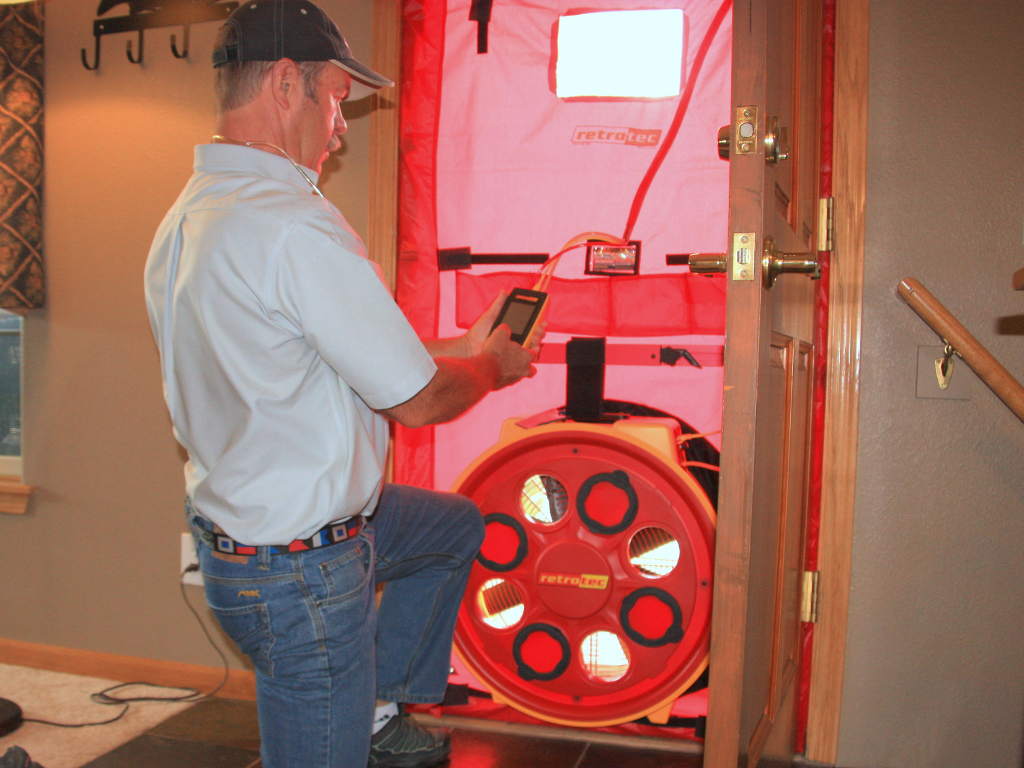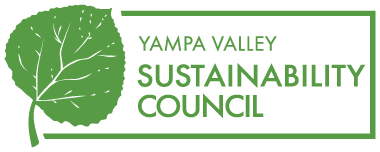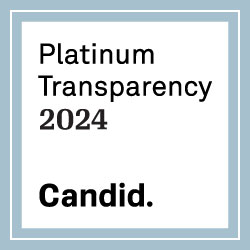DECEMBER 4, 2013 BY
By Sam Marquit
In recent years the travel industry has embraced renewable energy sources as a way of conserving energy and saving money. According to the International Energy Agency, renewable energy sources will become the second largest source of electricity by 2016, just behind coal. Last year, hydroelectric plants supplied seven percent of the nation’s power with wind and solar energy supplying five percent. This increase in the use of renewable energy sources is expected to increase by 40 percent within the next five years.
On the west coast, Hyatt at Olive 8 is Seattle’s only LEED certified hotel. This hotel was recently installed with rooftop wind turbines. These turbines repurpose the neutral exhaust from Urbane, which is an organic restaurant located on the first floor at the Hyatt. This use of wind power is expected to produce enough energy to power a house for a year, with the annual output of 8,700 kilowatts. With this energy saving method, they Hyatt is expected to use 32 percent less energy than a comparable hotel.
When it comes to solar power, the Moonrise Hotel is a step ahead of its competitors. This hotel has a roof comprised of 107 solar panels. Microgrid Solar as part of the hotel’s New Moon Room installed these panels, which is a large event space. These solar panels are the ceiling of this event space, and provide the hotel with 33,000-kilowatt hours of energy each year.
More than 22 Fairmont Hotel locations worldwide are reducing their waste disposal costs and supporting a cleaner economy by using materials that would normally be thrown away. For instance, The Fairmont Sonoma Mission Inn & Spa reuses about 150 gallons of used cooking oil every three months and repurposes it into tallow or feed for animals. In Scottsdale, The Fairmont gives their used oil to an outside company to turn it into fuel for businesses for generators, forklifts, and cars. In Singapore, The Fairmont recycled 6.49 tons of oil within their first year of this recycling program, resulting in saving $3,245 for the Fairmont hotel location.
When it comes to geothermal energy, the Peppermill Hotel uses this natural resource to heat this resort in a cost effective way. Underneath the resort, water is pumped up to the heating and hot water systems, and the high natural temperature of 174 degrees Fahrenheit heats the water, instead of traditional methods. This saves two million dollars annually for the resort. The Peppermill Hotel & Casino has been billed as the only resort in the United States who heats solely from geothermal energy from the immediate property, according to Dr. Jim Combs of Geo Hills Associates. This area of the U.S seems to be at the forefront of green technology and innovation. With millions of travelers going to this area each year, it is great to see that they will be able to take advantage of these eco-friendly features.
Lastly, the Stratton’s Hotel has found that when they supply guest bathrooms with soap and shampoo in dispensers, guests use only the product that they need, rather than using a small portion of miniature bottles of shampoo and tossing the remainder. This change of reusable dispensers helps the hotel eliminate waste and reduce costs.
Hotels around the world are now finding new ways to conserve natural resources and cut costs. From geothermal heat used to heat water in hotels to eliminating miniature bottles of shampoo, many companies in the travel industry are making changes that positively affect the environment and reduce their expenses.
Sam Marquit an entrepreneurial contractor and home renovation/remodeling expert in New York. He’s made it a point to share with his readers “a day in the life of sustainable building.” Forecasting the possible application and implementation of new green building materials and technologies is just one small part of the effort to reduce everyone’s carbon footprint.






